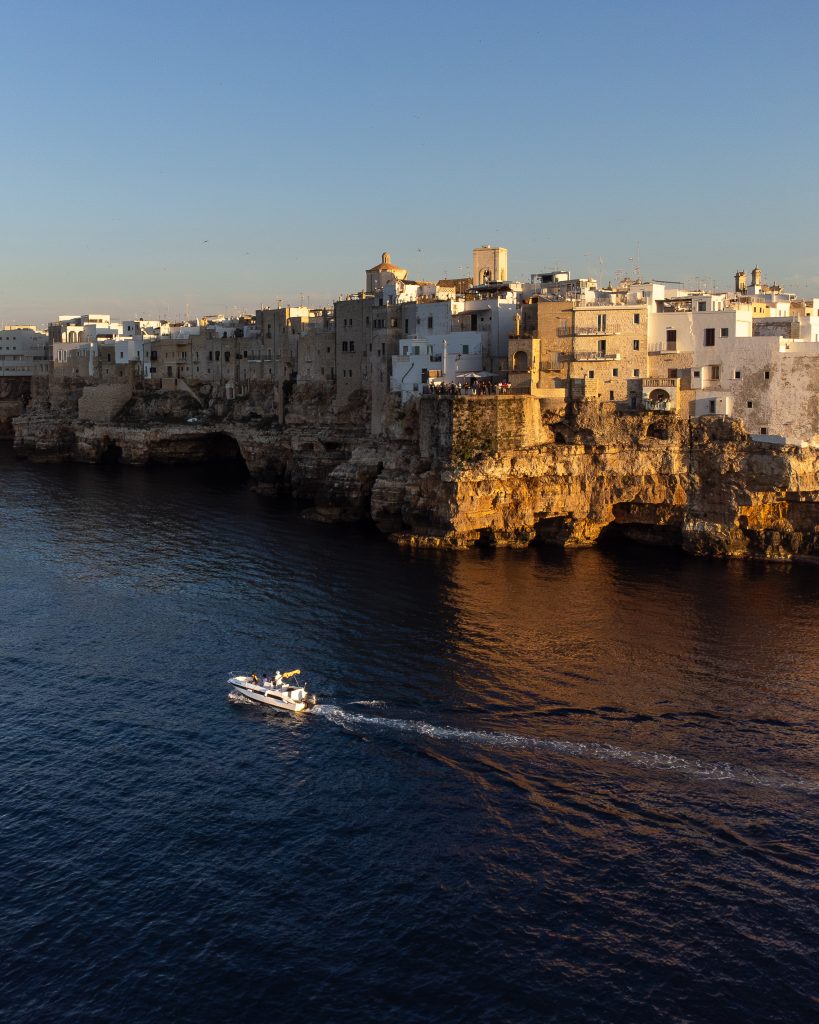The trulli in Valle d’Itria: the 4 white cities

Here we are in the so-called "Valley of Trulli," the beautiful Valle d'Itria, which bursts with sun-kissed villages, golden beaches, Mediterranean scrub, and centuries-old olive trees.
The Valle d'Itria is a valley suspended in time between Bari, Brindisi, and Taranto and coincides with the southern part of the Murge plateau.
The Valle d’Itria is a concentration of the most typical and authentic Puglia: that of the endless olive groves, the white cities, the farmhouses transformed into charming relais, and the trulli, typical limestone stone houses and UNESCO heritage.
But let’s get specific for those who have never had the chance to see them! What are the trulli?
What are the trulli of Valle d’Itria?
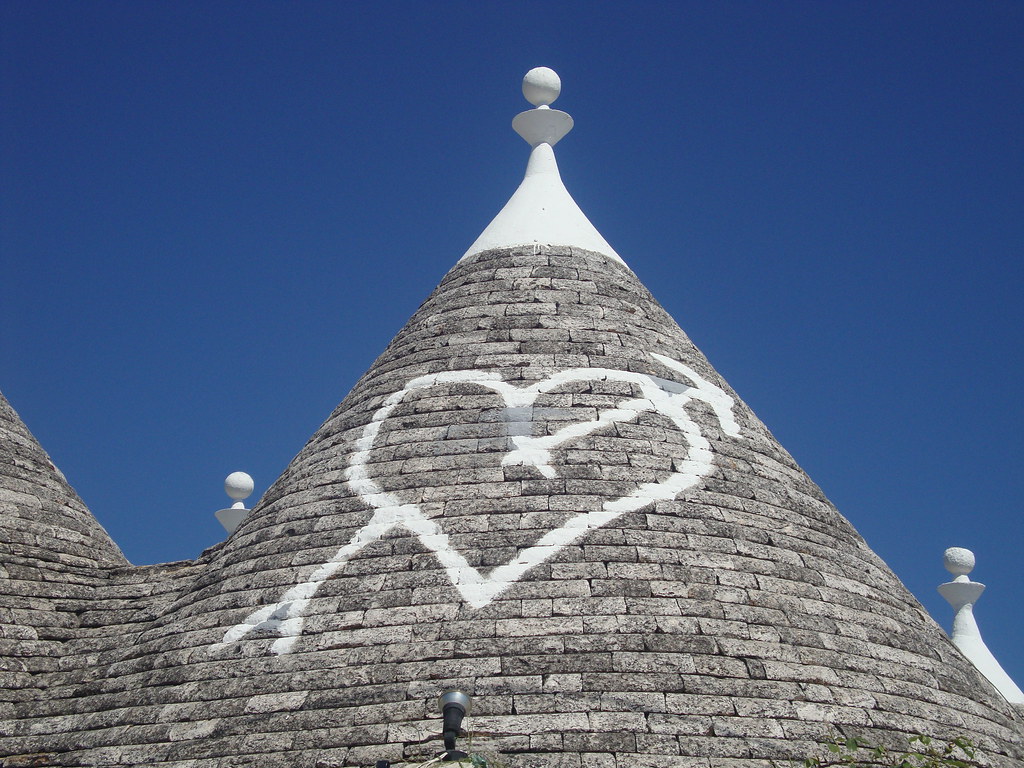
They are extraordinary examples of dry stone and slab construction, a technique dating back to prehistoric times and still used in Puglia.
The trulli are traditional dry-stone huts with roofs made of dry-set slabs. They generally served as temporary shelters or as permanent homes for small landowners or agricultural workers. They were built from roughly worked limestone, extracted during the excavation for the construction of underground cisterns, stones gathered from the countryside, and from surrounding rocky outcrops.
Such constructions have the characteristic rectangular structure with a conical roof. The whitewashed walls of the trulli are built directly on limestone foundations and constructed using the dry stone masonry technique, without mortar or cement. A door and small windows open onto the double-skin walls with an incoherent core.
An internal hearth and alcoves are embedded in the thick walls. The roofs are also double-layered: an internal vaulted covering made of conical-shaped stones, culminating in a keystone, and an outer waterproof cone made of slabs of limestone, known as chianche or chiancarelle.
The roofs of the buildings often bear inscriptions in white ash with mythological or religious significance, and end with a decorative pinnacle intended to ward off evil influences or bad luck. Water is collected through eaves projecting from the base of the roof, from which it then flows through a channel to a cistern beneath the dwelling.
Although rural trulli are scattered throughout the Valle d’Itria, the highest concentration of well-preserved examples of this architectural style is found in the town of Alberobello, with more than 1500 structures in the districts of Monti and Aja Piccola.
The 5 white cities: the capitals of the trulli of Valle d’Itria
Have you seen the white villages of Andalusia and southern Spain? Italy also has magnificent ones, and we want to introduce you to all of them. The streets, the buildings, and the urban landscapes represent the calling card of cities that tell a story and convey emotions.
We decided to take you to the beautiful white cities of Italy in Puglia! We will tell stories belonging to the white villages of the Valle D’Itria, the beautiful Ascoli travertine, the giuggiulena stone, and the sandstone.
It is pointless to tell you that all the white cities manage to convey serenity and give a pleasant sense to everyday life.
Take a deep breath and imagine walking through their alleys!
1. Alberobello
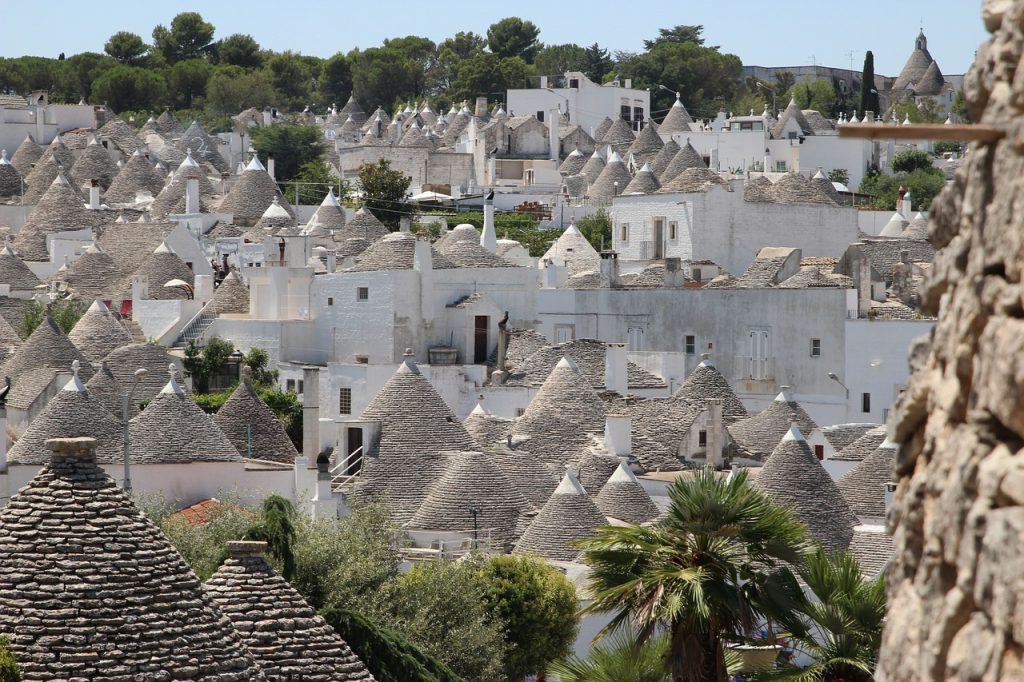
The capital of trulli was declared UNESCO World Heritage Site in 1996 for its architectural uniqueness and is undoubtedly one of the most beautiful things to see in Puglia.
We will tell you a bit about its history!
About a thousand years ago (1,000 B.C.), the area of present-day Alberobello was dotted with rural settlements. The settlements developed to form the current districts of Aja Piccola and Monti. By the mid-16th century, the Monti district was occupied by around forty trulli, but it was only in 1620 that the settlement began its expansion. In 1797, towards the end of feudal rule, the name Alberobello was adopted, and Ferdinand IV of Bourbon, King of Naples, granted the locality the title of royal city. After this period, the construction of new trulli declined. Between 1909 and 1936, some parts of Alberobello were designated as protected cultural heritage monuments.
Due to its rare beauty and uniqueness, Alberobello has been heavily targeted by tourism in recent years, and as happens in every city that is besieged, it has been ruined by souvenir shops and tourist activities.
2. Locorotondo
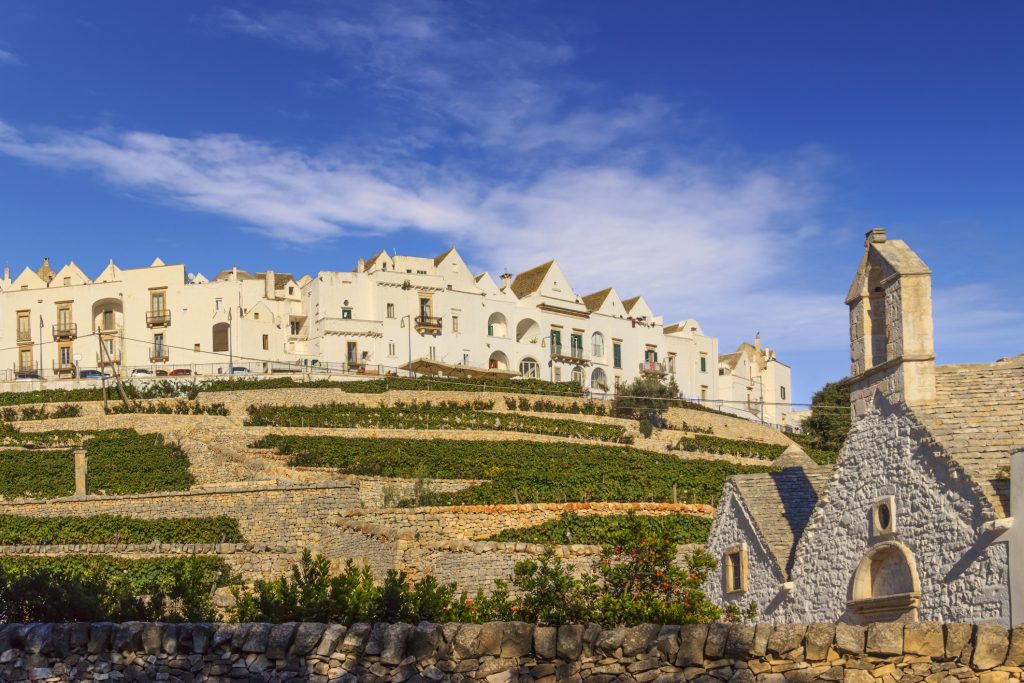
Locorotondo is more than just a town; it’s a true gem!
Famous for its circular historic center, Locorotondo is worth a visit for many reasons, including its maze of white lime and white-painted alleys and its houses with pointed roofs, the trulli. Strolling through the small streets of the center, among arches and staircases, will be a surprising experience made even more magical by the numerous balconies decorated with flowers and plants. This explosion of colors perfectly complements the white of the architecture, making this place truly unique in the world.
Another feature of the place is the cummerse, houses with pointed roofs covered with limestone slabs called chiancarelle, where it is possible to stay and have a truly unforgettable experience!
3. Martina Franca
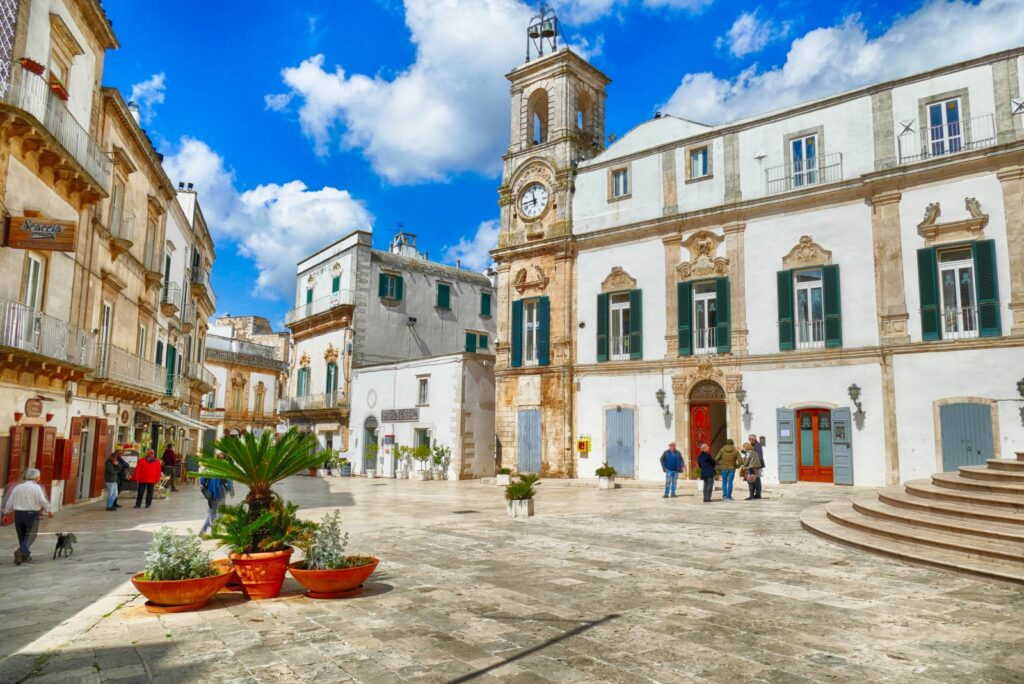
Martina Franca, in the province of Taranto, is another spectacular village in the Valle d’Itria!
Here, the white color of the narrow streets and houses perfectly and radiantly integrates with the baroque style of the noble palaces, the rococo of the Basilica of San Martino, and the wrought iron loggias. It is worth noting that once the main streets connecting the city gates were made of black lava stone, while the smaller streets were made of white stone. A refined village that will know how to pamper you!
4. Cisternino
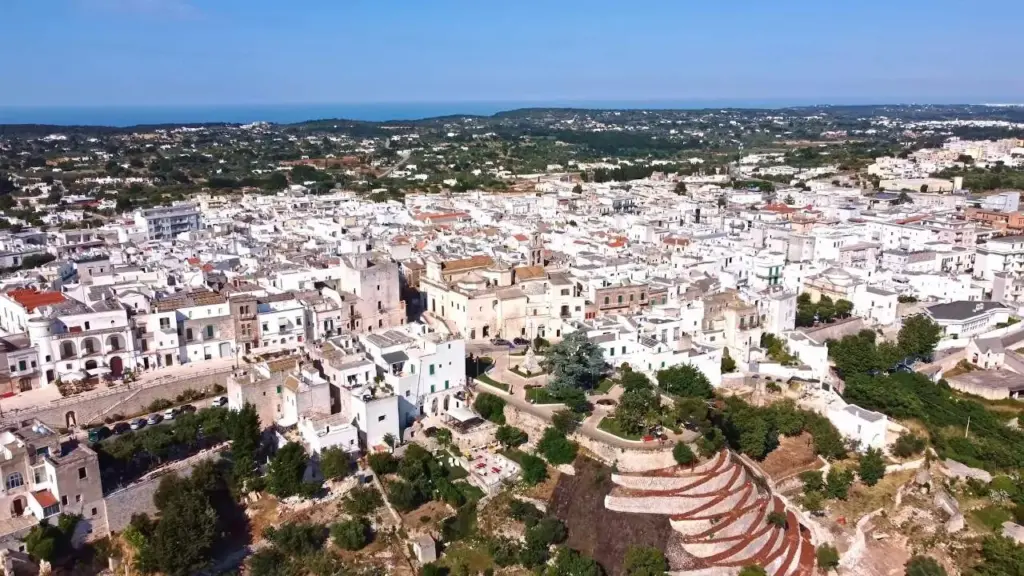
Another wonderful place in the Valle D’Itria is Cisternino, elected as the most beautiful village in Italy. A labyrinth of narrow streets among the white houses with Arabesque elements, the little blue doors, and the flowers make this place magical.
The village is unique in being divided into five districts with different names and characteristics: Isule, Scheledd, U’ Pandene, Bbere vecchje, and U Bburie. It's worth getting lost at least once in a lifetime!
5. Ostuni
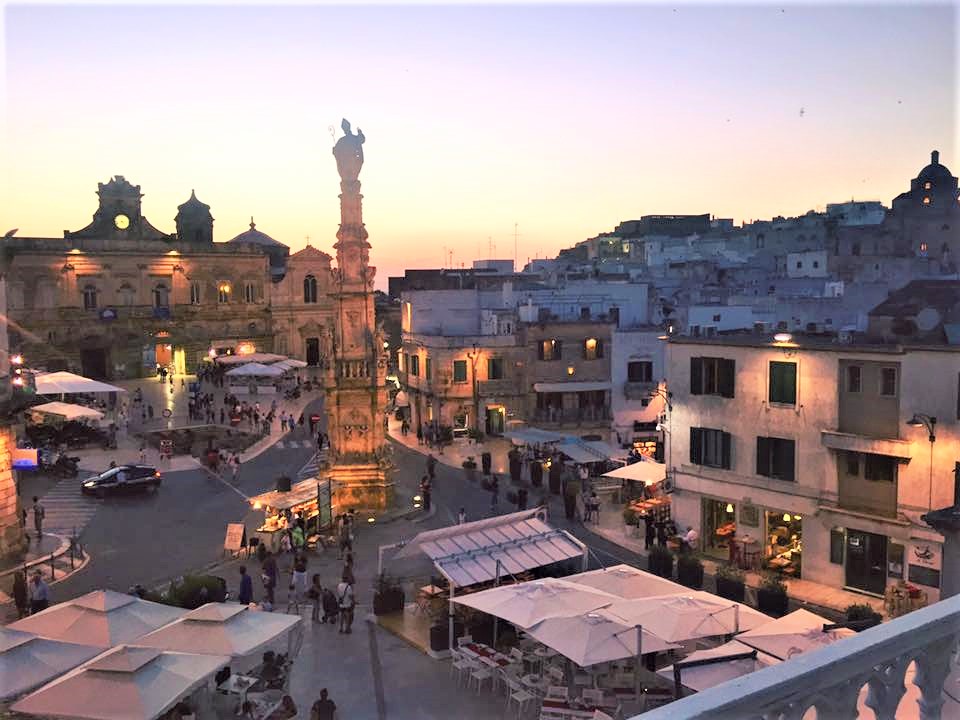
Ostuni is probably the most famous of the white cities of Puglia.
The historic center, known as La Terra, is a labyrinth of alleys, small squares, courtyards, and staircases. It develops on top of the highest hill, overlooking the olive grove plain down to the sea.
What strikes most is the whiteness of the houses and buildings. These structures, like in the Middle Ages, are whitewashed with lime. This is not only for aesthetic reasons but, above all, for functional purposes.
Visit the white cities and the trulli of Valle d’Itria with Pugliamare
Join us on our experiences and visit the iconic trulli of Valle d’Itria, savor the local culinary traditions, and immerse yourself in the beautiful towns of this wonderful land:


